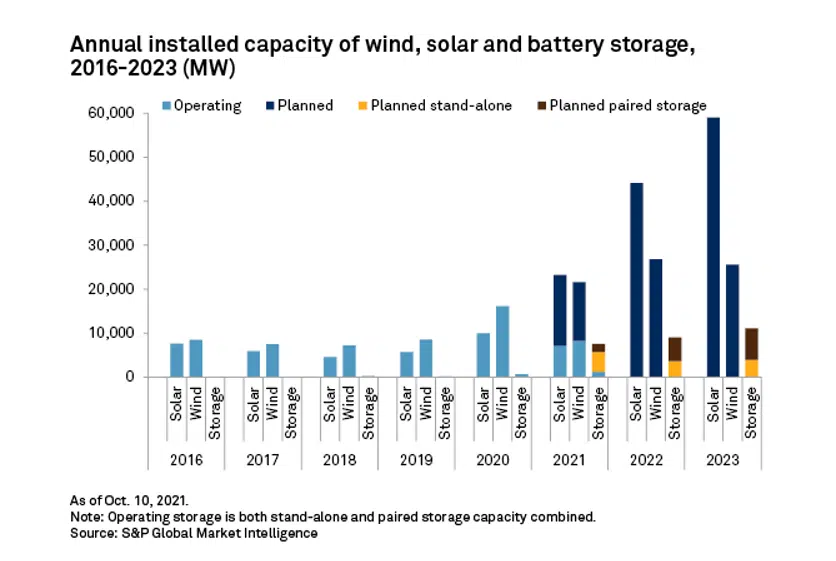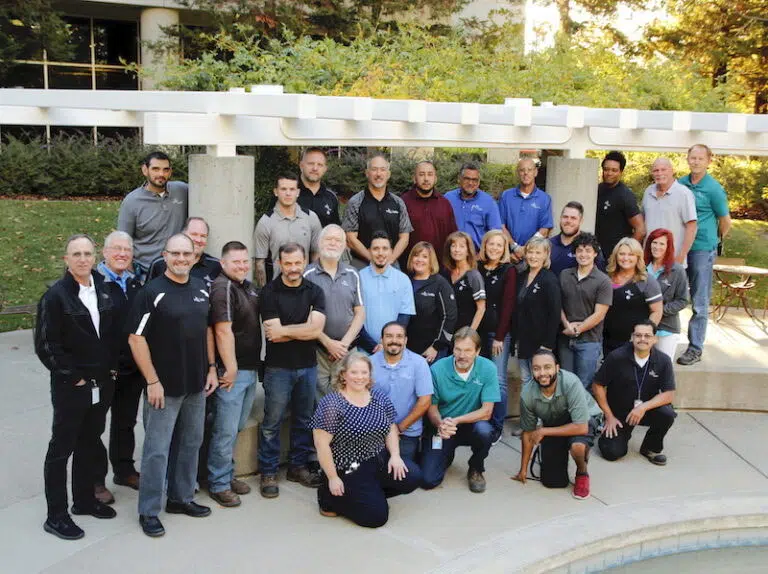Chris Bunch, Vice President of Commercial Facilities Services with PRIDE Industries, talks with Shawn Black of FM Evolution. The two discuss how private and public organizations can achieve their operational goals while creating jobs for people with disabilities.
Shawn Black (SB): Recruitment is one of the greatest challenges facing managers today. And today we’re talking with Chris Bunch at PRIDE Industries about a virtually untapped workforce.
Over 75% of adults with disabilities are unemployed or underemployed in the United States alone. What are you seeing in the marketplace right now?
Chris Bunch (CB): I would say that’s correct. Not only has this unemployment number changed, it’s gotten more challenging after the COVID-19 pandemic. However, companies are now feeling the incentives to create an inclusive work environment.
SB: Companies right now are struggling. Many workers are retiring, and there’s a lot of competition for talent. Is this a great time to hire people with disabilities?
CB: Absolutely. It really starts with the perspective of the employer. Ultimately, you’re trying to make a person successful in the role. That’s where PRIDE Industries comes in.
We help organizations in different ways. First, we have our Inclusive Talent Solutions line, where we partner with companies to recruit, place, and train people with disabilities. We also provide support and inclusivity training for the hiring organizations to help ensure mutual success of employer and employee.
Second, we have our workplace inclusion programs to place individuals into job positions with a much higher degree of support.
And third, our business services, including our Facilities Management Services, create jobs for people with disabilities while offering solutions at competitive rates.
In the end, for facilities managers, it all comes down to budgets and needs. Ultimately, hiring people with disabilities is not charity. You will achieve your business goals with the added benefits of increasing your social impact.
How Facilities Managers Can Create an Inclusive Work Environment
SB: On average, the cost of an accommodation for people with disabilities is only $500. However, in a hot job market, will gestures like these earn more dedication and morale?
CB: When you create an inclusive environment for a person with disabilities, whether it’s as part of a service or your organization, there’s a higher sense of loyalty. And it transfers all the way down. We have employees with disabilities that have worked on contracts that we serve for over 20 years. They have built careers, become experts in their fields, and create a premier customer experience.
SB: When it comes to hiring and management practices with corporate America right now, are you seeing companies shifting their recruitment focus?
CB: Cultivating an inclusive work environment is good for business. We’re now in a world where social networking and platforms put pressure and awareness on organizations to increase their social impact programs.
SB: What is your outsource versus insource strategy, and how do you approach this inclusion metric?
CB: From a procurement or a human resource perspective, the impact is the same. It comes down to whether your organization has the resources to help coach and mentor people with disabilities, or if you would like to partner with a social enterprise like PRIDE Industries that can help provide these services for you.
SB: What is your advice to people who are struggling right now to fill positions and are looking to increase?
CB: Identify your insource versus outsource strategy, and find partners that can help. PRIDE Industries has solutions for both.
Need help with your facility operations?
“Cultivating an inclusive work environment is good for business.”
— Chris Bunch, Vice President of Commercial Facilities for PRIDE Industries





